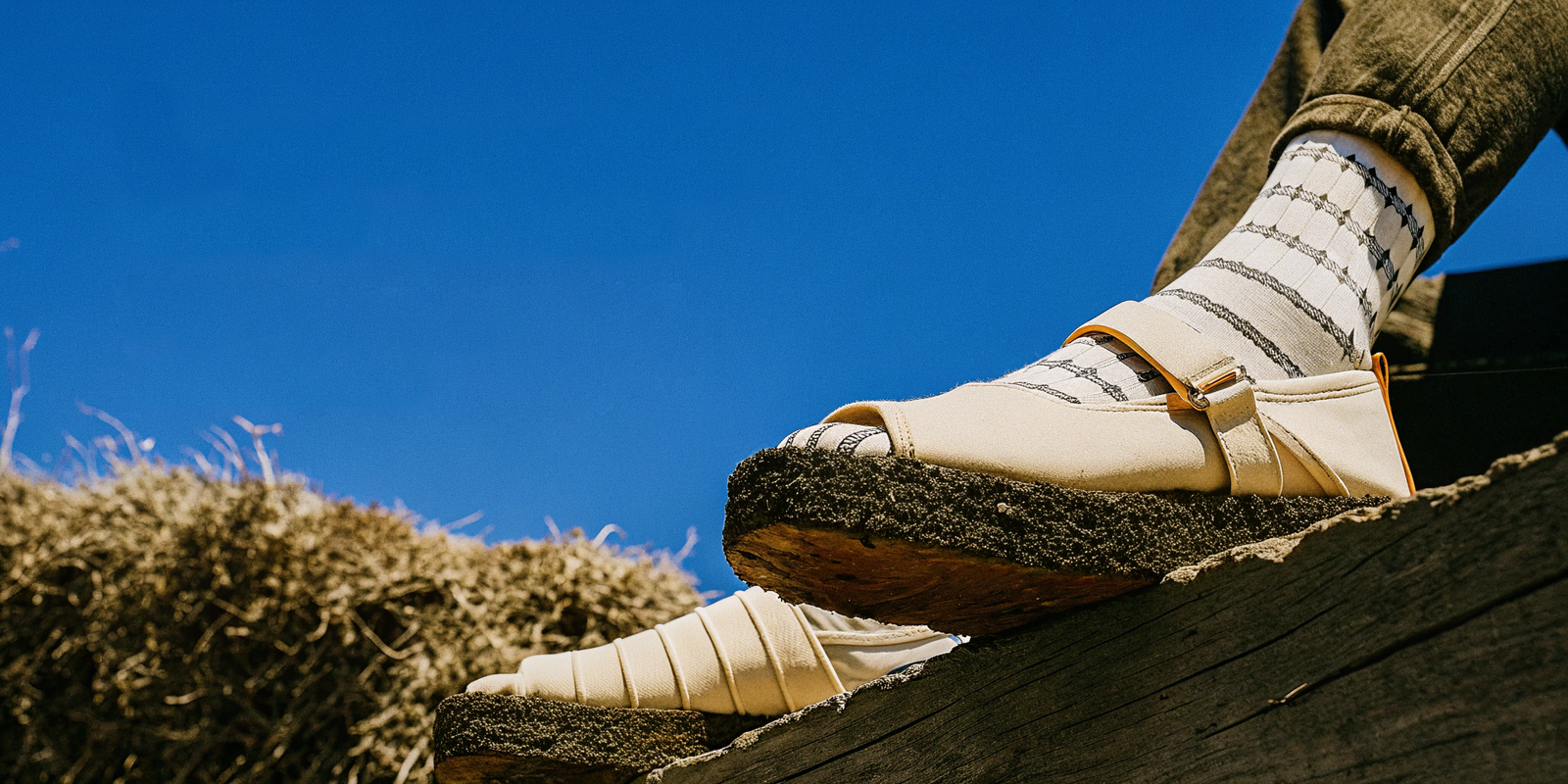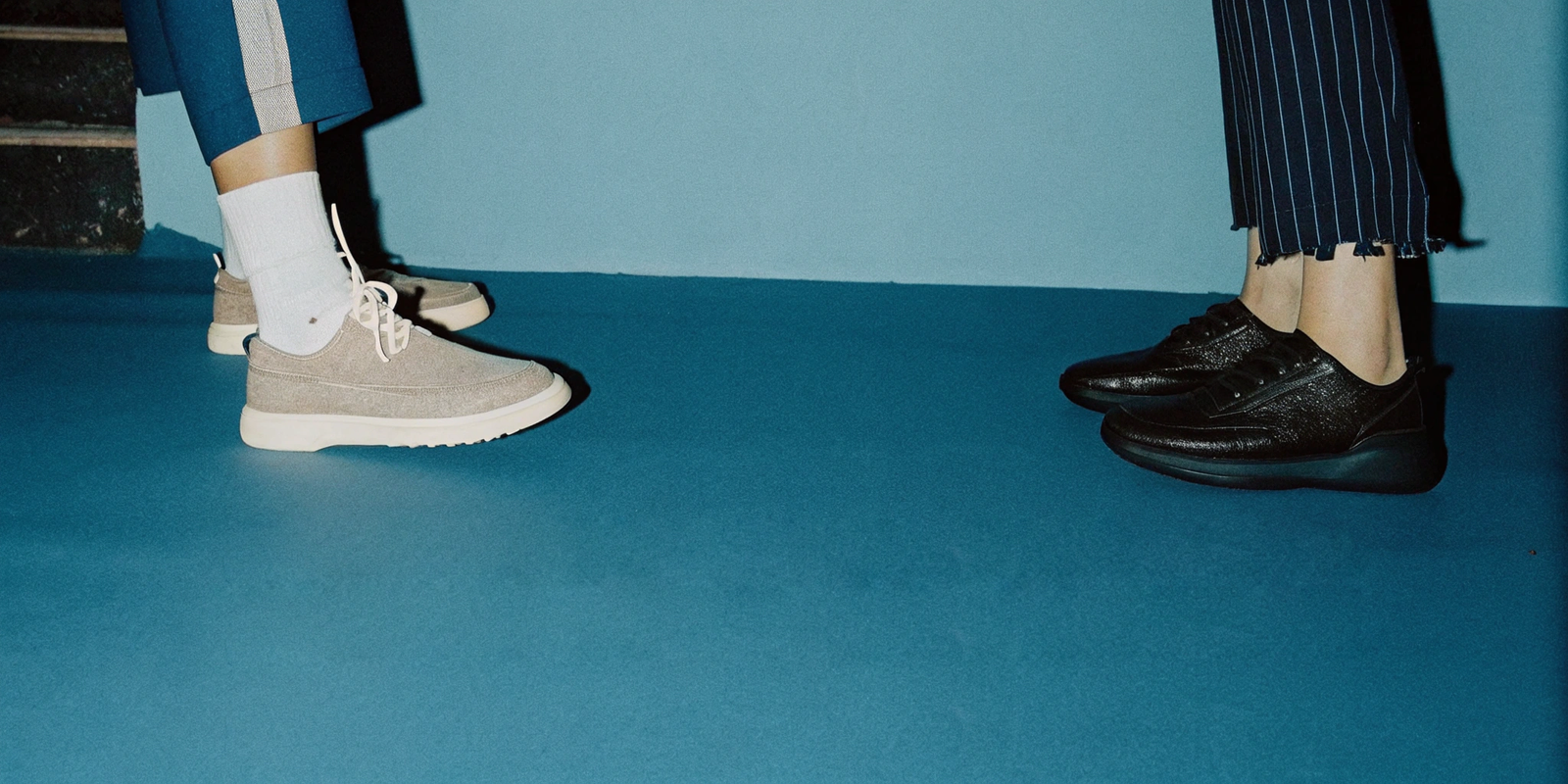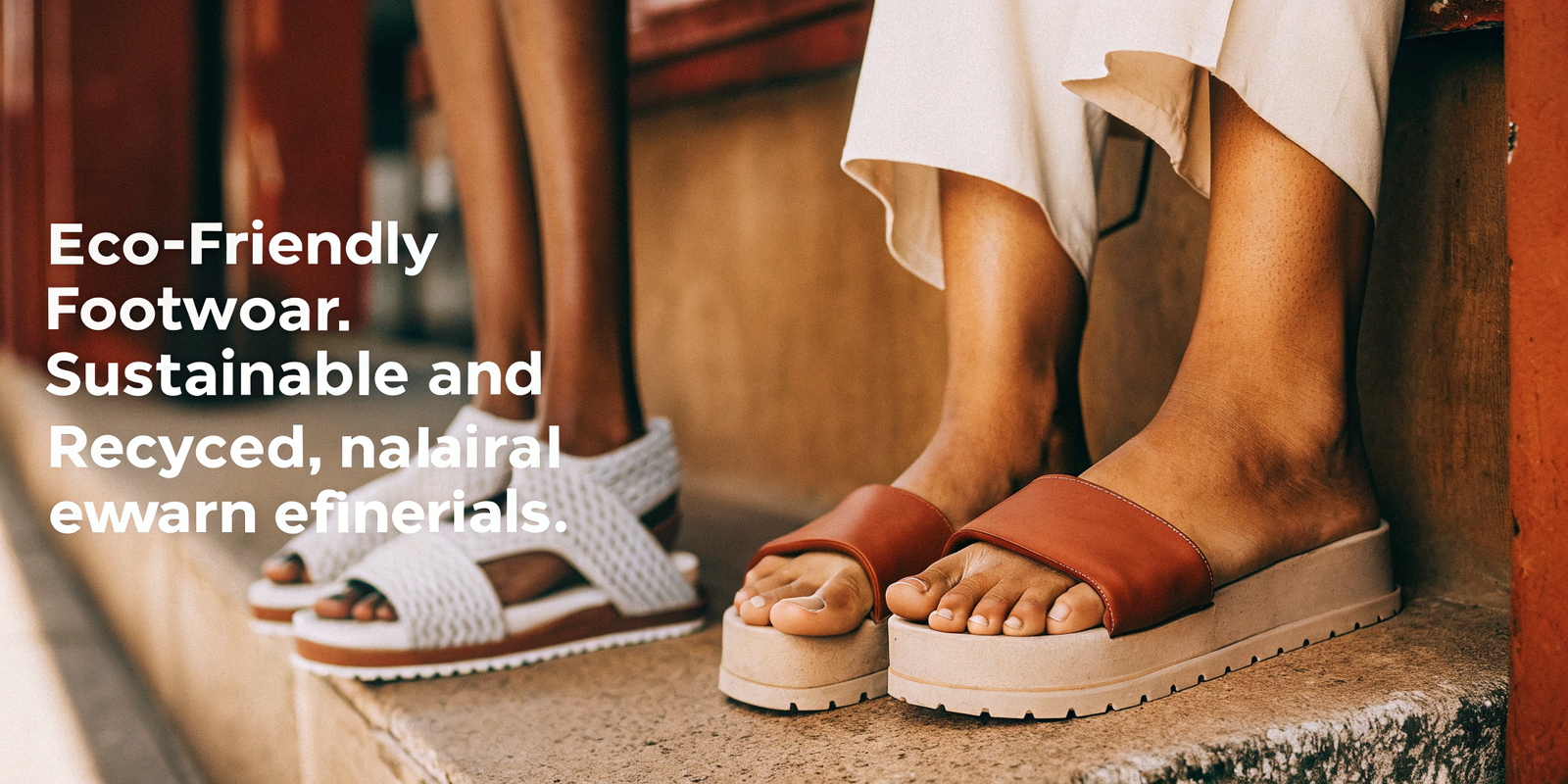Shaping Tomorrow: The Future of Sustainable Footwear
Are you curious about the direction the footwear industry is heading, especially concerning its environmental impact? The future is undeniably sustainable.
Sustainable footwear lies in a holistic approach to design, manufacturing, and consumption—prioritizing environmental protection, ethical labor, and circularity. This involves using innovative recycled and bio-based materials, minimizing waste, and fostering consumer awareness to drive demand for eco-friendly, long-lasting products.

Growth Forecast for Footwear
The global footwear market is projected for steady growth, driven by rising incomes, urbanization, and evolving fashion trends. A significant portion of this growth will be shaped by demand for sustainability. Consumers are seeking brands that provide eco-friendly materials, ethical production, and transparent supply chains—making sustainability a key differentiator.

Navigating the Future of Footwear Growth
-
Overall Market Expansion:
Sneakers and athleisure remain dominant, e-commerce accelerates growth, and demand for versatile everyday shoes stays strong. Comfort-driven designs with fashion-forward aesthetics will lead the way. -
Sustainability as a Growth Driver:
Gen Z and Millennials prioritize eco-friendly and ethical products. Brands are investing in sustainable R&D, adopting circular economy principles, and aligning with stricter regulations. Those that adapt early gain consumer trust and long-term loyalty. -
Challenges & Opportunities:
Supply chain transparency, greenwashing risks, and balancing cost vs. value remain challenges. But authentic sustainability opens opportunities for trust, loyalty, and premium pricing. Companies that view sustainability as an investment rather than a cost will thrive.
| Growth Driver | Impact on Market | Strategic Response |
|---|---|---|
| Rising Incomes | More purchasing power | Tiered product lines |
| Urbanization | Fashion-conscious city buyers | Tailored designs |
| Fashion Trends | Fast style adoption | Agile design & marketing |
| Sustainability Demand | Premium for eco-friendly | Invest in green materials, transparency |
| Tech Advancements | Efficiency & innovation | Automation, 3D printing |
The Rise of Sustainable Footwear
The rise of sustainable footwear reflects growing consumer awareness, stricter regulations, and recognition of the industry's ecological footprint. It is a collective effort to adopt eco-friendly materials, reduce waste, and ensure fair labor practices.

Key Drivers:
- Environmental Awareness: Consumers understand issues like carbon footprint and plastic pollution.
- Ethical Responsibility: Demand for fair labor and animal-free alternatives.
- Regulation & Investors: Stricter standards and ESG expectations.
- Innovation: Bio-based and recycled materials, energy-efficient processes.
- Brand Differentiation: Sustainability as a source of competitive advantage.
| Driver | Impact | Lucas’s Commitment |
|---|---|---|
| Environmental Awareness | Demand for eco-friendly shoes | GRS-certified recycled materials |
| Ethical Concerns | Fair labor, animal-free options | BSCI & SEDEX certifications |
| Regulation | Compliance pressure | Investment in cleaner processes |
| Innovation | New materials & processes | R&D in bio-based options |
| Differentiation | Competitive edge | Transparent sustainability efforts |
Brands that successfully integrate these drivers are not only reducing their ecological footprint but also positioning themselves as leaders in a competitive market. This shift highlights that sustainability is no longer optional—it’s becoming a baseline expectation.
What Is Eco-Friendly Footwear?
Eco-friendly footwear minimizes environmental impact across its lifecycle—from material sourcing to end-of-life disposal. It emphasizes sustainable materials, reduced waste, energy efficiency, ethical labor, and design for durability and recyclability.

Core Elements of Eco-Friendly Shoes:
- Materials: Recycled PET, recycled rubber, bio-based leathers (mushroom, cactus, pineapple), FSC-certified natural rubber.
- Manufacturing: Energy efficiency, water-saving systems, waste reduction, non-toxic adhesives.
- Ethical Production: Fair wages, safe working conditions, supply chain transparency.
- Design for Longevity: Durable, repairable, recyclable, and biodegradable products.
- Packaging & Logistics: Minimalist, recyclable packaging and low-emission shipping.
| Aspect | Key Focus | Impact |
|---|---|---|
| Materials | Recycled & bio-based | Less waste, lower carbon footprint |
| Manufacturing | Energy & water efficient | Reduced pollution |
| Ethical Production | Fair labor, transparency | Social impact |
| Design | Durability & recyclability | Less landfill waste |
| Packaging/Logistics | Recycled packaging | Lower emissions |
Eco-friendly footwear is not just about using a single “green” material—it requires a systems-level approach. From innovation labs experimenting with bio-materials to brands implementing take-back programs, the industry is embracing a more circular model.
Conclusion
The footwear market is growing, but sustainability is redefining its future. The rise of eco-friendly footwear is driven by consumer awareness, regulations, and innovation. Truly eco-friendly footwear integrates sustainable materials, ethical production, and durability, ensuring the industry evolves responsibly.
Forward-looking companies that invest in sustainable practices today are not only meeting consumer expectations but also shaping the future of global footwear. In this new era, success will be defined by both style and sustainability—a combination that ensures long-term relevance.
